Test Bank For Brunner & Suddarth’s Textbook of Medical-Surgical Nursing 15th Edition By Hinkle
Test Bank For Brunner & Suddarth’s Textbook of Medical-Surgical Nursing 15th Edition
Brunner & Suddarth’s Textbook of Medical-Surgical Nursing 15th Edition By Hinkle
Brunner & Suddarth’s Textbook of Medical-Surgical Nursing
ISBN-13: 978-1975161033, ISBN-10: 1975161033
Chapter 1: Professional Nursing Practice
1.A nurse has been offered a position on an obstetric unit and has learned that the unit offers therapeutic abortions, a procedure that contradicts the nurse’s personal beliefs. What is the nurse’s ethical obligation to these clients?
A. The nurse should adhere to professional standards of practice and offer service to these clients.
B. The nurse should make the choice to decline this position and pursue a different nursing role.
C. The nurse should decline to care for the clients considering abortion.
D. The nurse should express alternatives to women considering terminating their pregnancy.
ANS:B
Rationale: To avoid facing the ethical dilemma of providing care that contradicts the nurse’s personal beliefs, the nurse should consider working in an area of nursing that would not pose this dilemma. The nurse should not provide care to the client because it is a conflict of personal values. The nurse should not deny care to these clients as this would be a breach in the Code of Ethics for nurses. If the client is not requesting information for alternatives to abortions, then the nurse should not be providing this information.
PTS:1REF:p. 27
NAT: Client Needs: Safe, Effective Care Environment: Management of Care
TOP: Chapter 1: Professional Nursing Practice KEY: Integrated Process: Caring
BLM: Cognitive Level: Apply NOT: Multiple Choice
2. An 80-year-old client is admitted with a diagnosis of community-acquired pneumonia. During admission the client states, “I have a living will.” What implication of this should the nurse recognize?
A.This document is always honored, regardless of circumstances.
B.This document specifies the client’s wishes before hospitalization.
C.This document is binding for the duration of the client’s life.
D.This document has been drawn up by the client’s family to determine DNR status.
ANS:B
Rationale: A living will is one type of advance directive. In most situations, living wills are limited to situations in which the client’s medical condition is deemed terminal. The other answers are incorrect because living wills are not always honored in every circumstance, they are not binding for the duration of the client’s life, and they are not drawn up by the client’s family.
PTS:1REF:p. 29
NAT: Client Needs: Safe, Effective Care Environment: Management of Care
TOP: Chapter 1: Professional Nursing Practice
KEY: Integrated Process: Communication and Documentation BLM: Cognitive Level: Analyze
NOT: Multiple Choice
3. A nurse has been providing ethical care for many years and is aware of the need to maintain the ethical principle of nonmale ficence. Which of the following actions would be considered a violation of this principle?
A. Discussing a DNR order with a terminally ill client
B. Assisting a semi-independent client with ADLs
C. Refusing to administer pain medication as prescribed
D. Providing more care for one client than for another
ANS:C
Rationale: The duty not to inflict as well as prevent and remove harm is termed nonmale ficence. Discussing a DNR order with a terminally ill client and assisting a client with ADLs would not be considered contradictions to the nurse’s duty of nonmale ficence. Some clients justifiably require more care than others.
PTS:1REF:p. 25
NAT: Client Needs: Safe, Effective Care Environment: Management of Care
TOP: Chapter 1: Professional Nursing Practice
KEY: Integrated Process: Nursing Process BLM: Cognitive Level: Analyze
NOT: Multiple Choice
4. A nurse has begun creating a client’s plan of care shortly after the client’s admission. The nurse knows that it is important that the wording of the chosen nursing diagnoses falls within the taxonomy of nursing. Which organization is responsible for developing the taxonomy of a nursing diagnosis?
A. American Nurses Association (ANA)
B. North American Nursing Diagnosis Association (NANDA)
C. National League for Nursing (NLN)
D. Joint Commission
ANS:B
Rationale: NANDA International is the official organization responsible for developing the taxonomy of nursing diagnoses and formulating nursing diagnoses acceptable for study. The ANA, NLN, and Joint Commission are not charged with the task of developing the taxonomy of nursing diagnoses.
PTS:1REF:p. 15
NAT: Client Needs: Safe, Effective Care Environment: Management of Care
TOP: Chapter 1: Professional Nursing Practice
KEY: Integrated Process: Nursing Process BLM: Cognitive Level: Understand
NOT: Multiple Choice
5.A medical nurse has obtained a new client’s health history and has completed the admission assessment. The nurse followed this by documenting the results and creating a care plan for the client. Which of the following is the most important rationale for documenting the client’s care?
A. It provides continuity of care.
B. It creates a teaching log for the family.
C. It verifies appropriate staffing levels.
D. It keeps the client fully informed.
ANS:A
Rationale: This record provides a means of communication among members of the health care team and facilitates coordinated planning and continuity of care. It serves as the legal and business record for a health care agency and for the professional staff members who are responsible for the client’s care. Documentation is not primarily a teaching log; it does not verify staffing; and it is not intended to provide the client with information about treatments.
PTS:1REF:p. 14
NAT:Client Needs: Safe, Effective Care Environment: Management of Care
TOP:Chapter 1: Professional Nursing Practice
KEY:Integrated Process: Communication and DocumentationBLM:Cognitive Level: Understand
NOT:Multiple Choice
6.The nurse has been assigned to care for a client admitted with an opportunistic infection secondary to AIDS. The nurse informs the clinical nurse leader that the nurse refuses to care for a client with AIDS. The nurse has an obligation to this client under which of the following?
A. Good Samaritan Act
B. Nursing Interventions Classification (NIC)
C. The nurse practice act in the nurse’s jurisdiction
D. International Council of Nurses (ICN) Code of Ethics for Nurses
ANS:D
Rationale: The ethical obligation to care for all clients is included in the Code of Ethics for Nurses. The Good Samaritan Act relates to lay people helping others in need. The NIC is a standardized classification of nursing treatment that includes independent and collaborative interventions. Nurse practice acts primarily address scope of practice.
PTS:1REF:p. 27
NAT: Client Needs: Safe, Effective Care Environment: Management of Care
TOP: Chapter 1: Professional Nursing Practice
KEY: Integrated Process: Nursing Process BLM: Cognitive Level: Understand
NOT: Multiple Choice
7.The nurse, in collaboration with the client’s family, is determining priorities related to the care of the client. The nurse explains that it is important to consider the urgency of specific problems when setting priorities. What should the nurse adopt as the best framework for prioritizing client problems?
A. Availability of hospital resources
B. Family member statements
C. Maslow hierarchy of needs
D. The nurse’s skill set
ANS:C
Rationale: The Maslow hierarchy of needs provides a useful framework for prioritizing problems, with the first level given to meeting physical needs of the client. Availability of hospital resources, family member statements, and nursing skill do not provide a framework for prioritization of client problems, though each may be considered.
PTS:1REF:p. 6
NAT:Client Needs: Safe, Effective Care Environment: Management of Care
TOP:Chapter 1: Professional Nursing Practice
KEY:Integrated Process: Nursing ProcessBLM:Cognitive Level: Apply
NOT:Multiple Choice

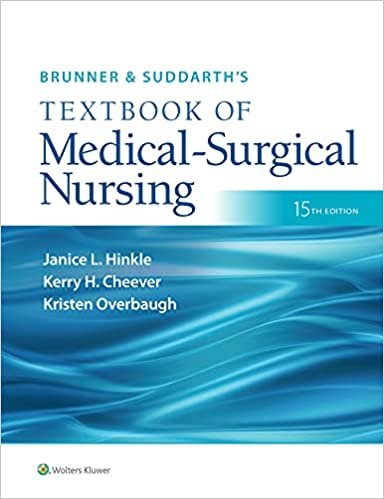


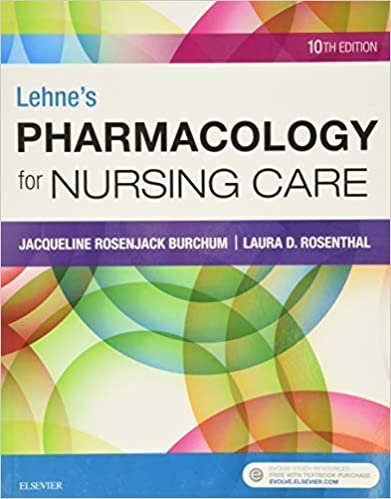
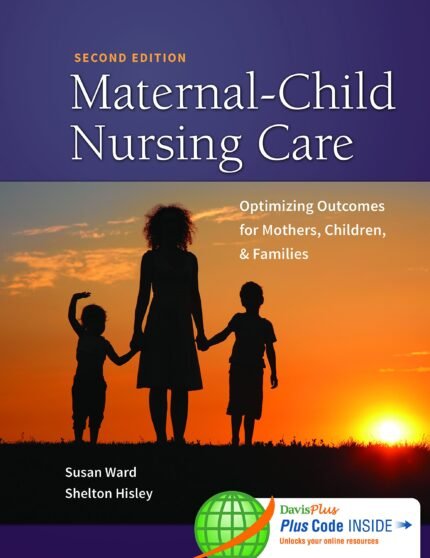


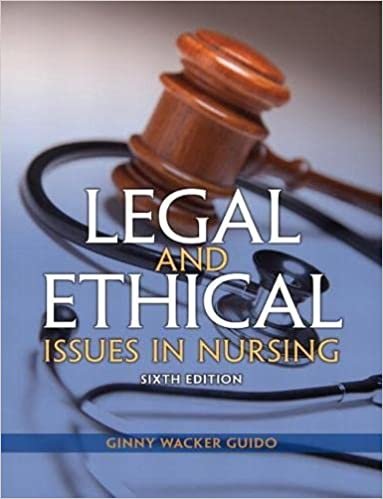

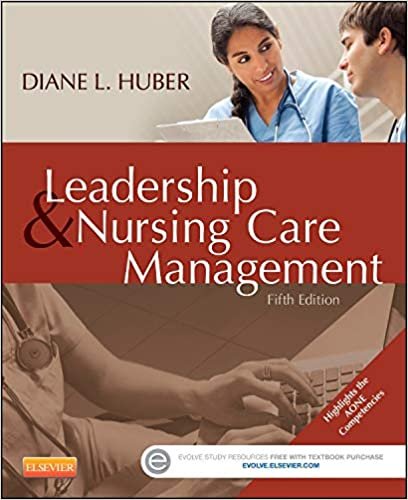
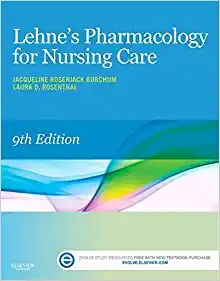
Reviews
There are no reviews yet.